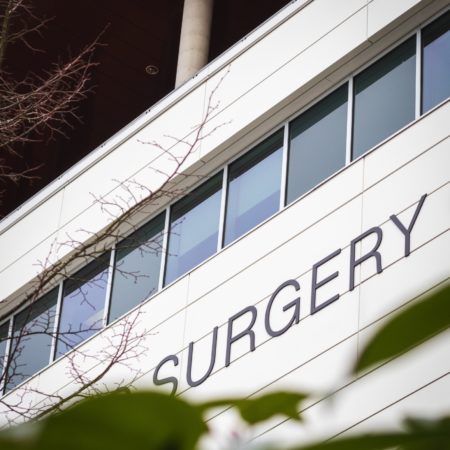Practical Innovation In Healthcare Construction
One risk with talking about innovation in healthcare construction is that we’re immediately transported to an unspecified time in the future when ‘things will be different’. But, really we should be focused on practical innovation – the here and now and on applying what we already know how to do.
Flexibility is Critical
By definition you can’t predict the unknown. You can’t design with 100% accuracy for future healthcare needs or to accommodate medical treatments that haven’t yet been invented. So the emphasis must be on designing flexibility into new buildings.
Innovations already being applied include flexible floor plates and walls that can be easily moved. By using MMC we know how to create buildings that are easy to expand or repurpose and can be dismantled and recycled at the end of their lives.
Timing and Cost
Innovation in healthcare construction focuses a lot on how buildings will be configured to deliver services in new ways following evolving clinical models. But we shouldn’t forget the more fundamental issues of how much facilities cost and how long they take to build.
Taking five to ten years to build a new hospital with massive budget overruns really should be things that happened in the past. We have the construction technology supported by BIM, 3D modelling and cloud communications to deliver substantial projects with timescales measured in months rather than years – and to keep costs fully under control.
Procurement models should perhaps be updated to specify MMC and ensure that contractors have the expertise and partnerships in place to safeguard budgets, timing and quality.
Net Zero Carbon
New healthcare facilities must be highly energy efficient with minimum levels of embodied carbon. By specifying manufactured construction techniques such as Structural Insulated Panels (SIPs), it’s possible to guarantee that every new building will be fit for a net zero carbon future.
Bathroom pods and modular bed bays will be the norm. These innovations were initially driven by the need for covid-safe working, but have clear benefits for simplifying projects and speeding up delivery times. Standardisation of products and processes and a ‘kit of parts’ approach are fundamentally important innovations in healthcare construction.
Coordinated Planning and Rapid Response
Innovation tends to be applied to the design and construction of a new facility. This needs to be matched by innovation in the planning and procurement processes.
You can’t properly plan a new hospital without understanding the extent to which outpatients and other services will be decentralised. And any planning assumptions based on increased delivery through community settings needs to be matched by reality.
Everything needs to be coordinated so that facilities to house complementary services can be quickly specified, procured and delivered to support the revised area-wide healthcare delivery model. Again, creating the full range of new facilities within strict cost and budget constraints is essential.
Building new hospitals tends to make great headlines. But we shouldn’t forget that most of the activity will be in extending existing facilities, whether that’s on hospital sites or in the community. Innovative building methods allow this to happen with far less noise and disruption so that building the healthcare facilities of tomorrow doesn’t have an adverse impact on healthcare delivery today.
There’s a great deal we already know how to do that will transform healthcare construction. Innovation is largely about making the most of these opportunities right now.
Find out more by visiting our healthcare construction resource centre. Or contact Richard King ([email protected]).

